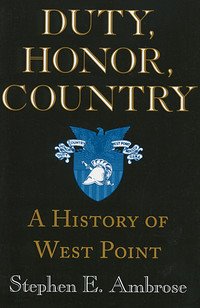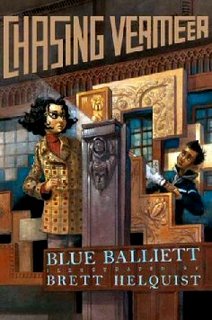
I've spent the last week making my way through Ron Powers' new biography of Mark Twain. It's a great read - it just took me a while. To read about it, check out my review in The Hub Weekly.
I'll be doing a series of reviews on American authors this summer, and I'll post links as they're published.
NOTE: Since this post was originally written, The Hub has ceased to publishe & reviews are no longer posted online. Following is the review originally published in The Hub:
Mark Twain’s works are perhaps the most recognizable of any American author., and Twain’s life has been mined repeatedly by biographers for explanations and inspirations for his American stories.
So why another Mark Twain biography? Ron Powers has now produced two, in fact. Nearly all readers are aware that Twain’s stories of Tom & Huck were inspired by his own childhood in Hannibal Missouri, and Power‘s first work, Dangerous Water: A Biography of the Boy Who Become Mark Twain, went right to the source of Twain’s stories in the childhood of Sammy Clemens. His recent work, Mark Twain: A Life, examines Twain’s entire life, exploring the man that so exemplifies 19th century America.
Much of Sam Clemens’s early life - his childhood on the banks of the Mississippi and his years as a riverboat pilot - are familiar to most, but Powers examines these years with fresh eyes, carefully connecting the early events of Twain’s life to the literature they inspired. The pace of life in the small town of Hannibal was set by the Great River, just as the flow of the river sets the pace in the adventures of Tom Sawyer and, more importantly, Huck Finn. Growing up in antebellum Missouri , surrounded by the soft cadences of the voices of the black slaves, and listening to the stories of a slave known as Uncle Dan, Sammy Clemens heard what became the “first trumpet note[s] of the first great jazz composition in American literature” - the voice of Huckleberry Finn’s Jim (12).
A prankster with acerbic wit and developing a “pen warmed up in hell,” (53), Clemens began his writing career as a journalist, traveling throughout 19th century America and unconsciously gathering information for his later books, storing away not just names and events but the voices, stories and characters that would bring his books to life for generations of Americans. His journalistic writing built a name for Mark Twain as a humorist, and, in the following years, Twain would capitalize on this following on the lecture circuit, as an author, and finally among the drawing rooms of the upper echelon of the East Coast literary elite. Powers does an excellent job of chronicling Twain’s transition from rough riverboat pilot and western journalist to a successful East Coast author. One to instinctually push the bounds of propriety with his humor and his words, often called vulgar and crass by reviewers and readers, Twain depended on his proper Eastern connections, including his wife Olivia Langdon, to gentrify his work, making it palatable to readers with a more refined sense of propriety. Their success is debatable; while Twain enjoyed a large amount of success as an author during his lifetime, his work was still considered controversial, as was demonstrated by the banning of The Adventures of Huckleberry Finn in many town upon it’s publication. Still, it is the resulting combination of honesty and artistry that is the strength of Twain’s works.
The strength of Power’s biography lies in his true exploration of Sammy Clemens the boy, Sam Clemens the man, and Mark Twain the author - three very different personas that combined to create one of the great characters of the 19th century. Twain’s life was a reflection of the era - slavery, war, western adventures, foreign travel and a gilded age combined to produce a man much like the country he so ably and humorously described in his work: brash and brave, ambitious and isolated, reflective yet uproariously humorous. Mark Twain’s greatness lies in his embrasure of what was - and is - American. Unlike other Romantics and Realists, Twain had no desire to imitate the great literature of Europe and felt no obligation to pay lip service to the works of the past. Instead, he forged a new literature for a new land.
Ron Powers, as Twain’s biographer, manages to forge something new as well. In a voice often as lyrical and humorous as Twain’s own, Powers produces a contemplative portrait of the entire man known as Mark Twain. Mark Twain: A Life presents the chronicler of America in lights both bright and dark and provides a multi-dimensional portrait of one of the greats of American literature.
Powers, Ron. Mark Twain: A Life. New York: Free Press, 2006.





